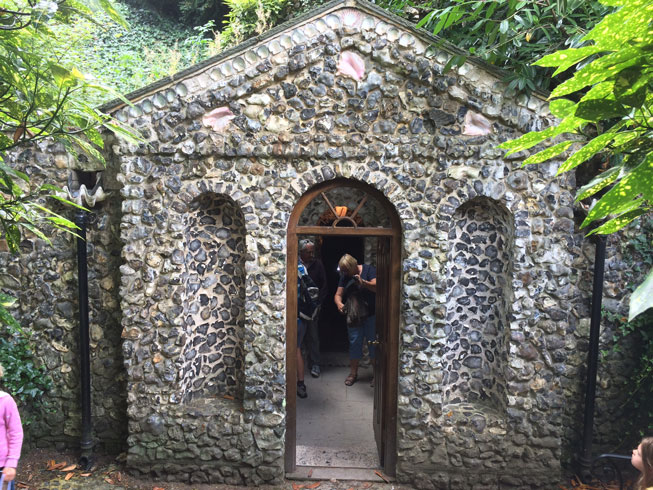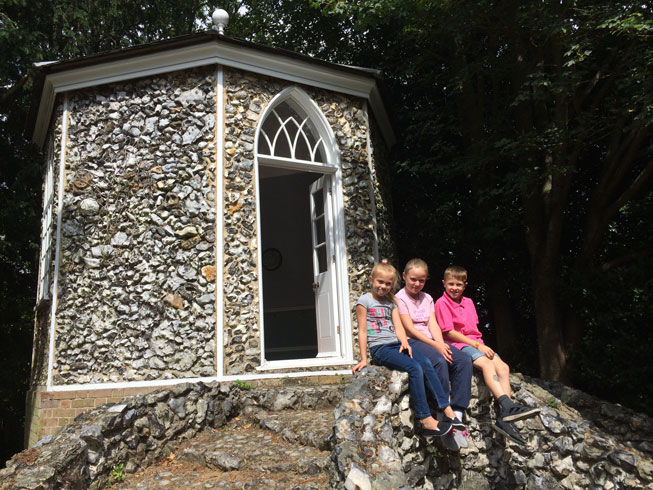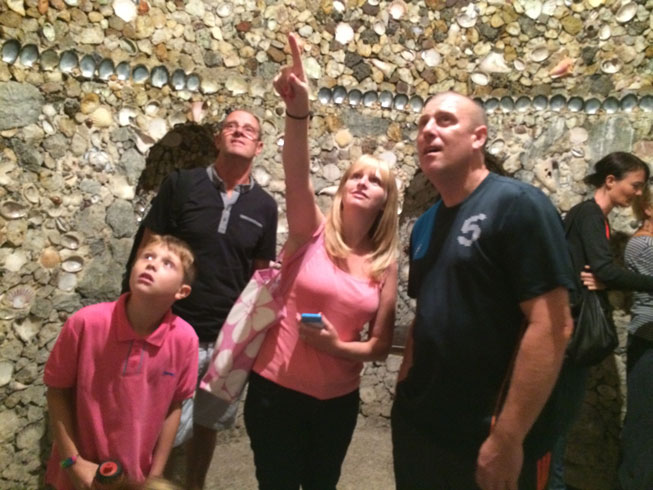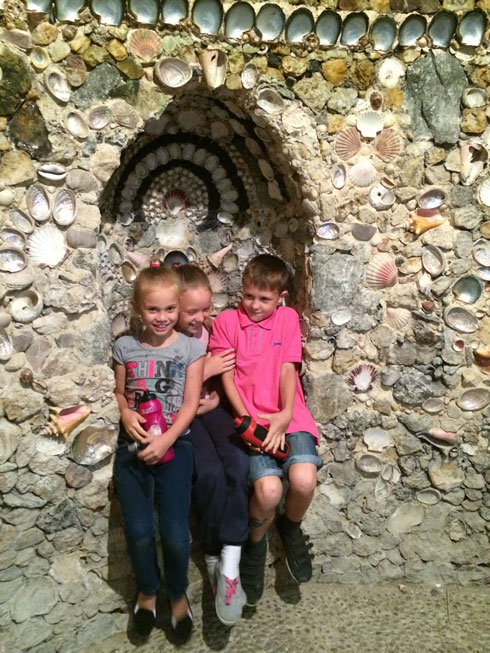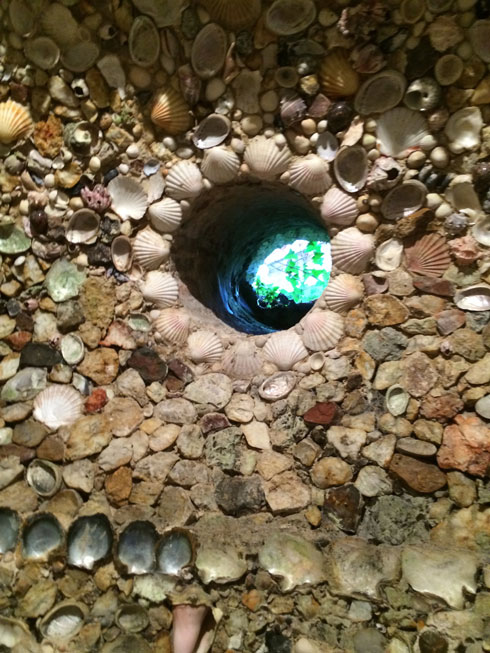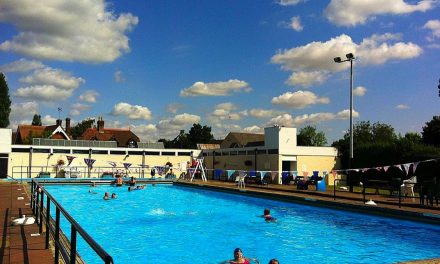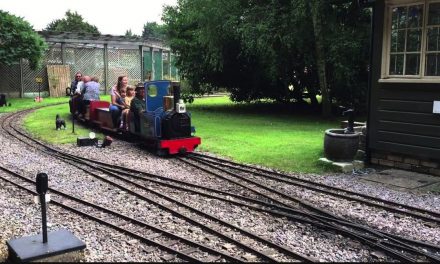We visited Scott’s Grotto in Ware with the grandkids today which the kids loved. The Grotto consists of six underground chambers linked by passageways and air tunnels. It is decorated with thousands of beautiful shells, flints and pieces of coloured glass and extends 67ft (20m) into a chalk hillside.
We took torches with us as we had read on the website that there was no lights and the tunnels are very dark which just added to the excitement for the kids.
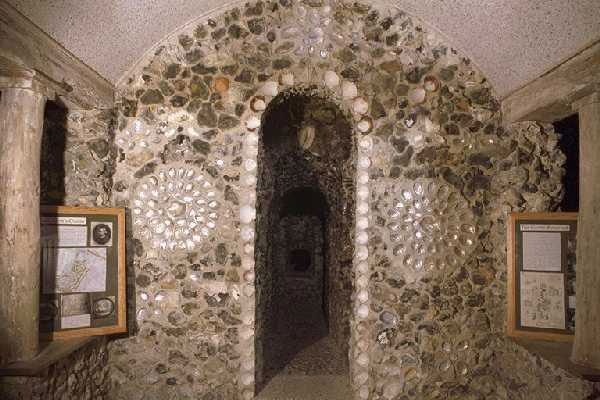
The Steward that greeted us as we entered the Grotto was really friendly and helpful giving us a bit of background history before leaving us to explore, although he was on hand to answer all our questions and give us more information. He asked the children to see if they could find the pearl hidden in the wall and the funny face hidden on the walls which made it more fun and gave the kids something to do.
he labyrinth of tunnels and chambers don’t really take long to get round and we went round twice.
The Grotto is situated between number 28 and number 34 Scott’s Road, Ware (off the A119 Hertford Road) near the Hertford College and 3 minutes walk from Ware Station. It is open to the public from 2-4.30pm on every Saturday and Bank Holiday from April to September. Group visits can be made by prior arrangement with the Curator, Mr Watson (Tel: 01920 464131). Admission is free but a donation of £1 per adult towards maintenance is requested.
Unfortunately, there is no access for wheelchair users.
When we turned into Scott’s Road we were confused at first as to where on earth the grotto could be as you turn into a housing estate but then as you drive up the hill you see the gate for the grotto. It nestles in a hollow between modern houses.
When you first go through the gate you can turn right to go down to the grotto or turn left up the horseshoe shaped steps to the top of the hill where there is an 18th century summerhouse, which in its day would have commanded a wonderful view over Ware. The steps down and the ground inside is a bit uneven so it is advisable to wear flat shoes.

There are double and single yellow lines in the roads surrounding the Grotto but parking on the single yellow lines is ok during these times on a Saturday.
After visiting the Grotto we drove through Ware High Street and parked in the pay and display car park near the river. We crossed the bridge and walked down the beautiful River Lea a little feeding bread to the swans and ducks along the way. It was lovely to see the old gazebos on the river they are so pretty and quaint. The town centre offers many interesting shops, coffee shops, restaurants, pubs and a museum where you can learn about Wares history.
We had a drink in a pub garden looking out to the River while the kids played on the bouncy castle. All in all it was a very pleasant afternoon.
You could make more of a day of it if you visited the open air lido or if you was lucky enough to catch a concert at the band stand. There are also boat trips from Ware along the Lea to Hertford.
We visit Ware regularly and really enjoy the walks into Hertford one way or Stansted Abbots in the other direction it always feels a little as if we are on holiday.

